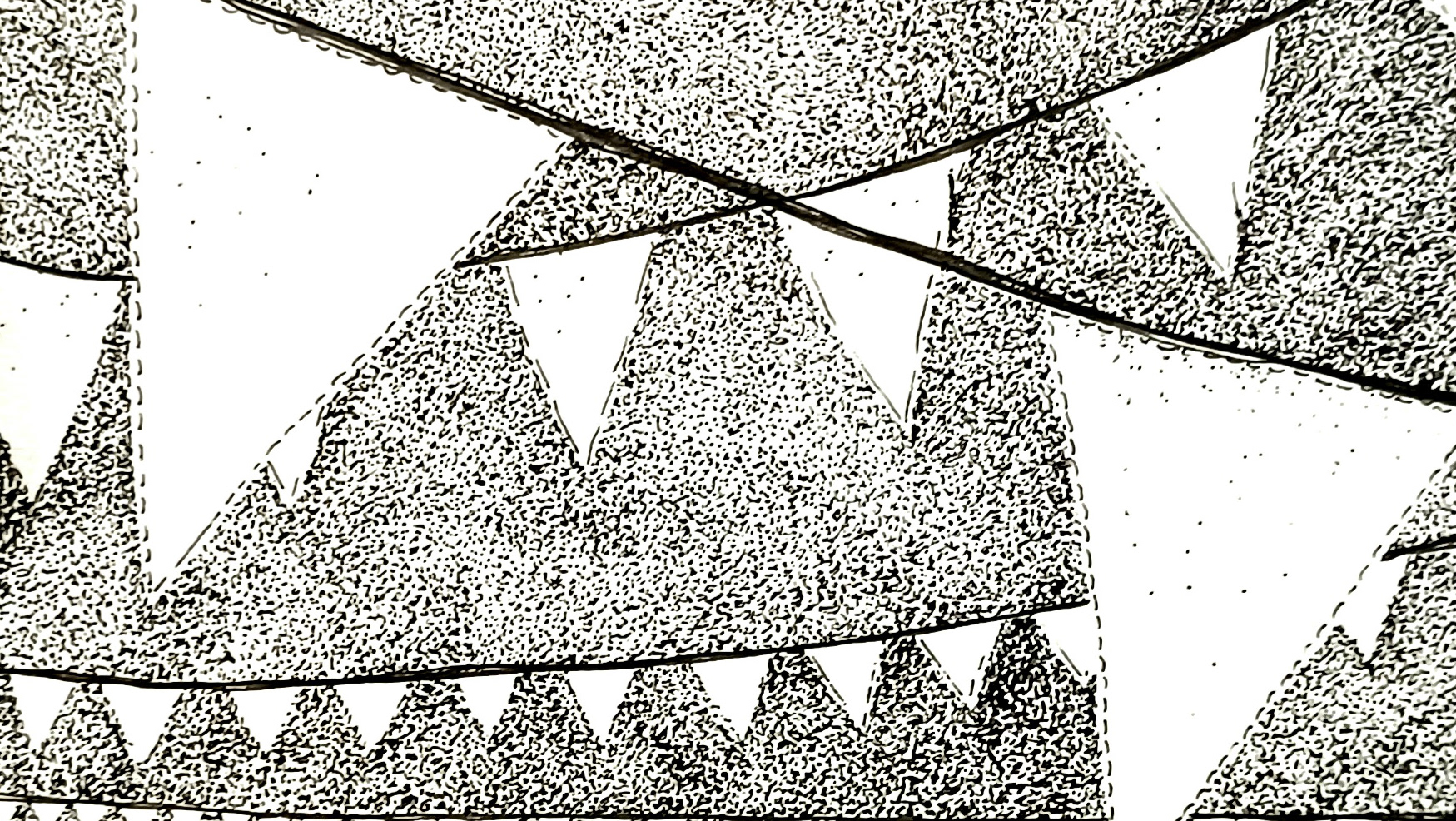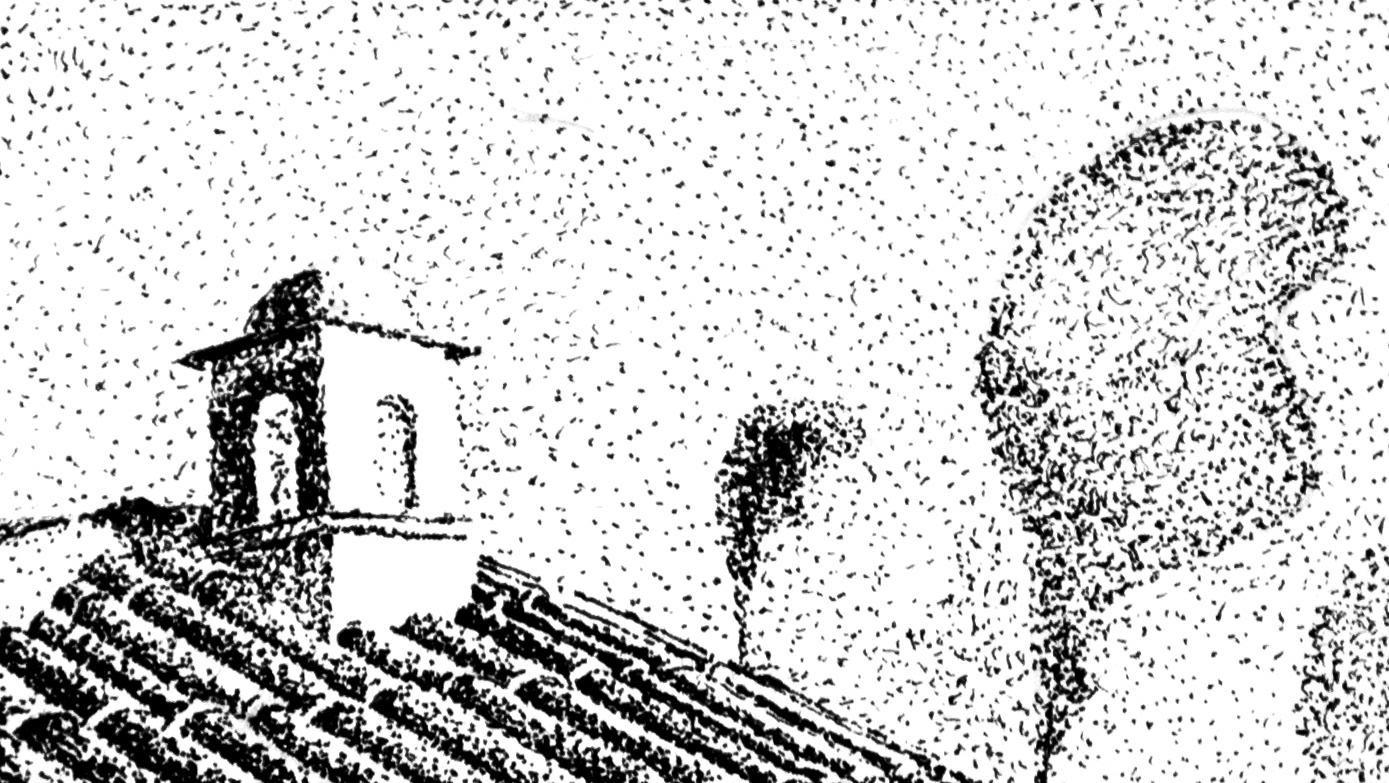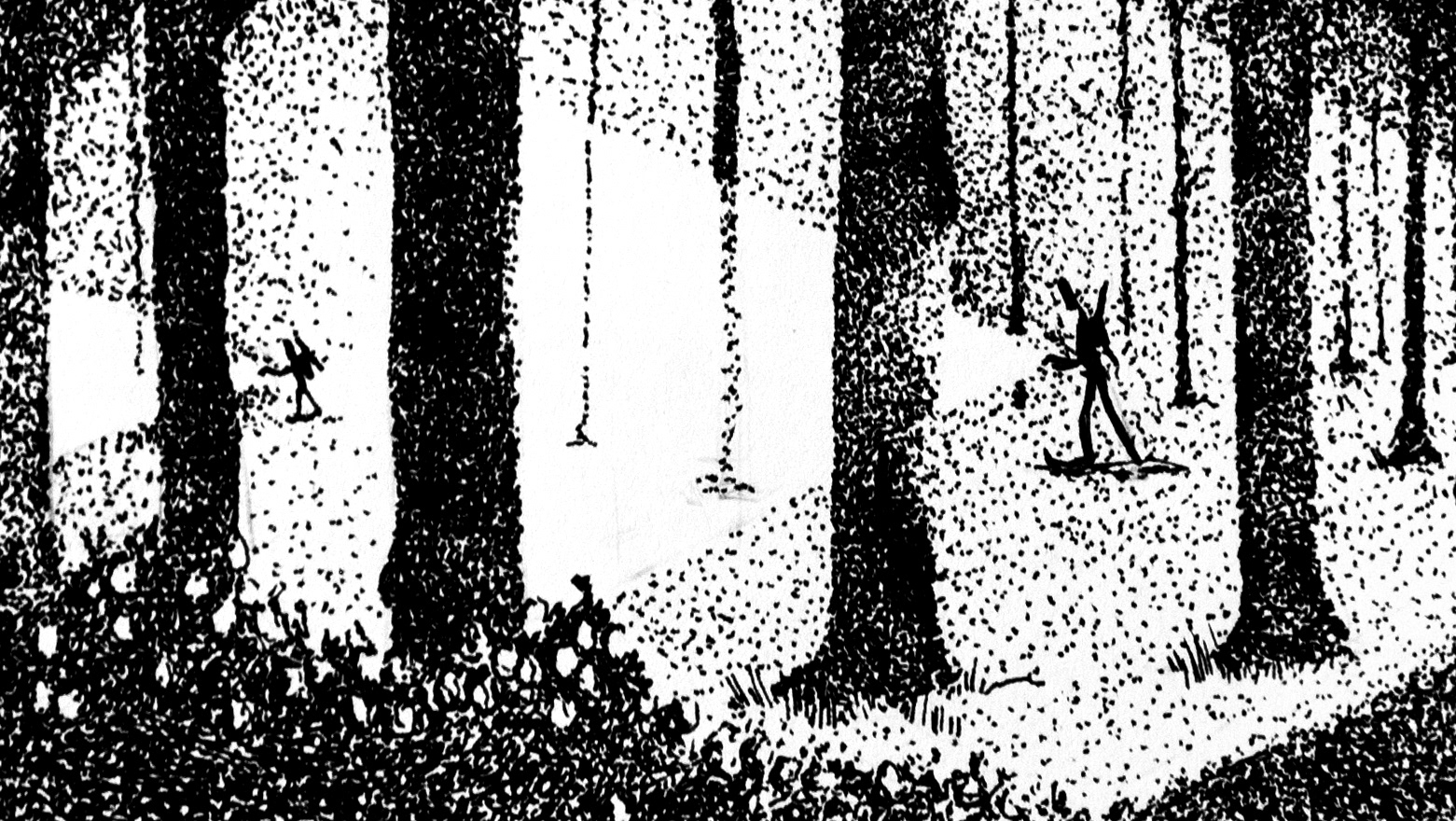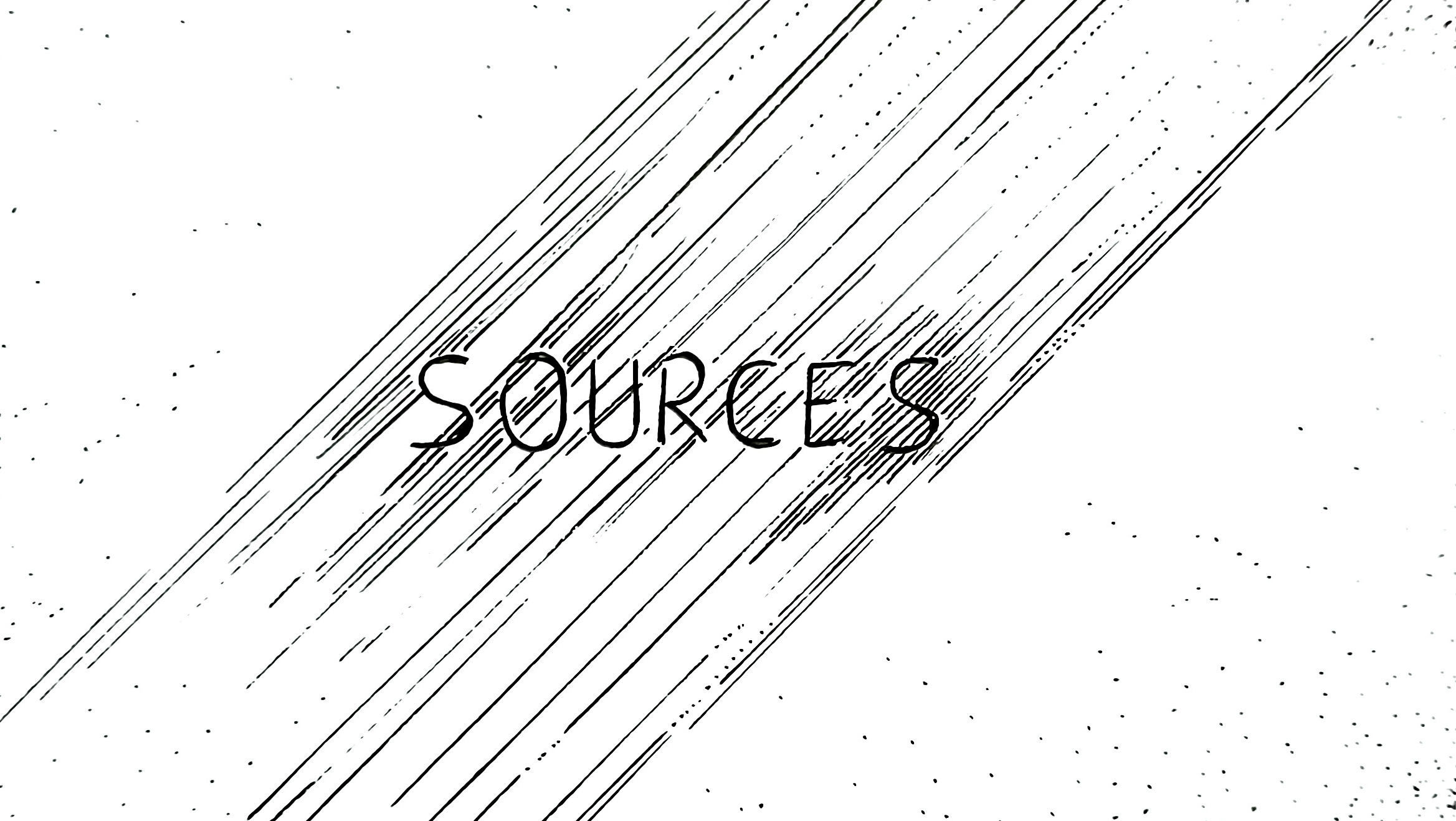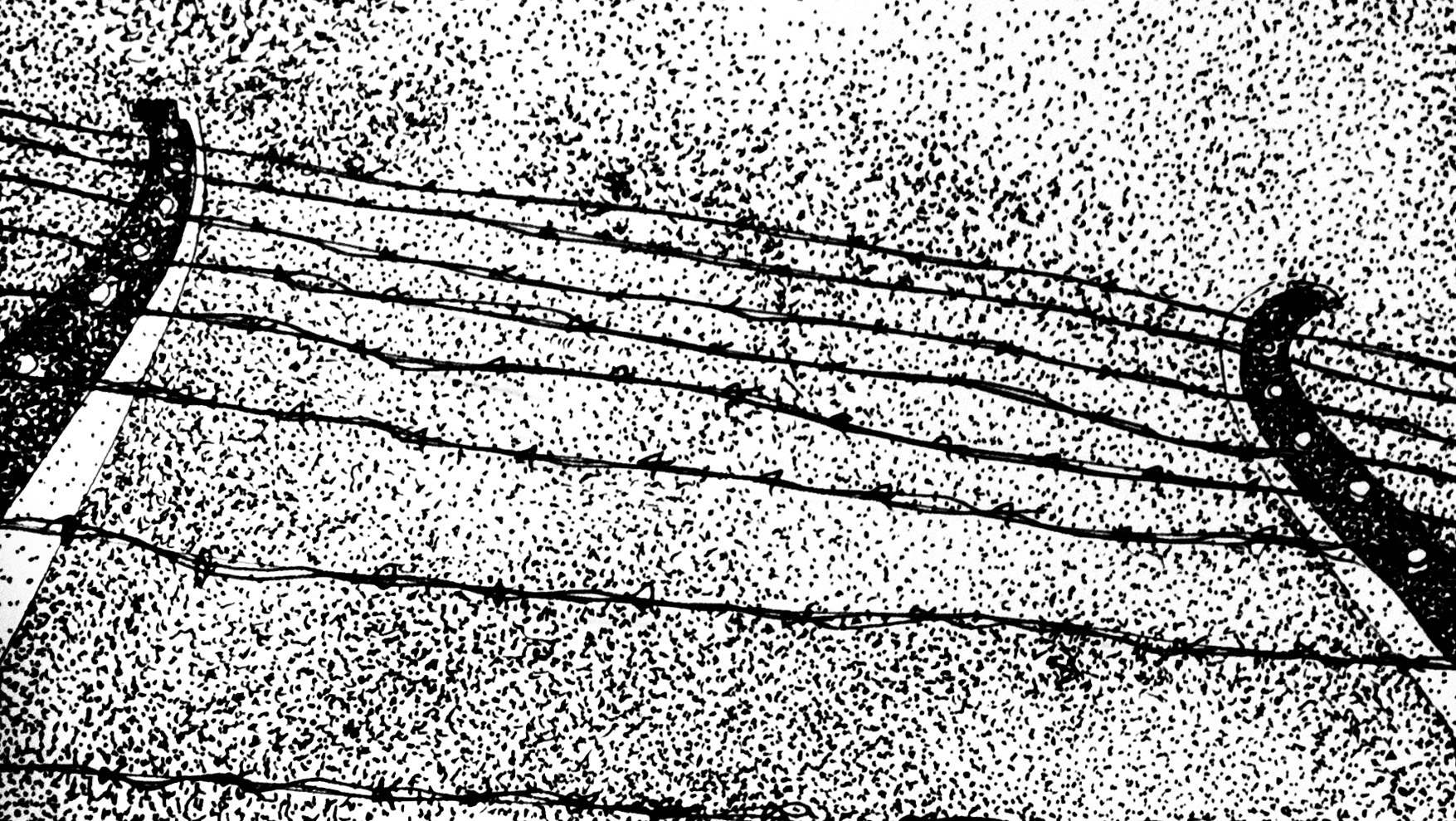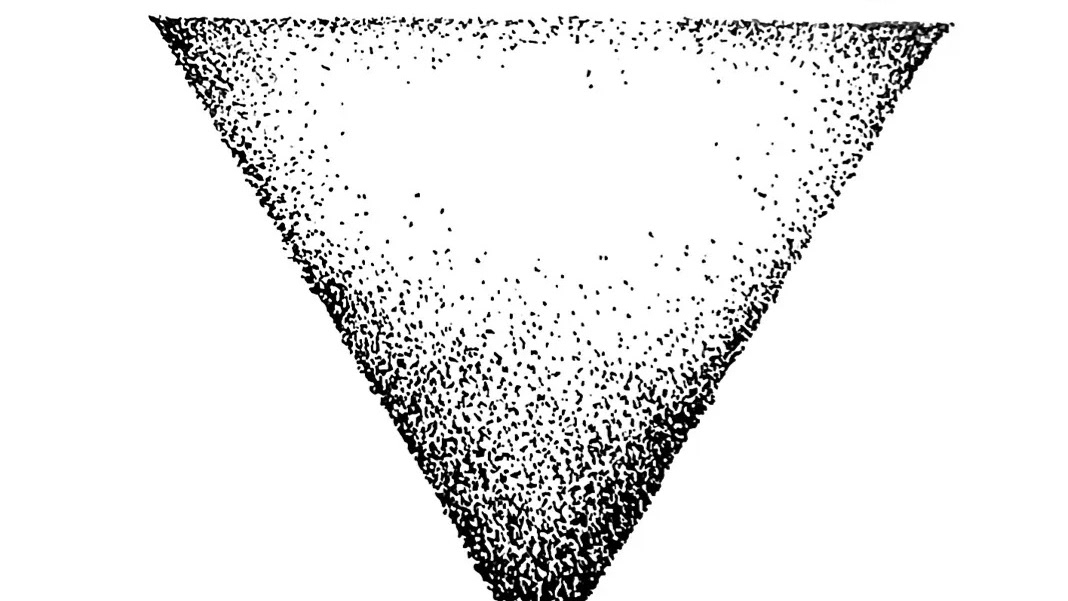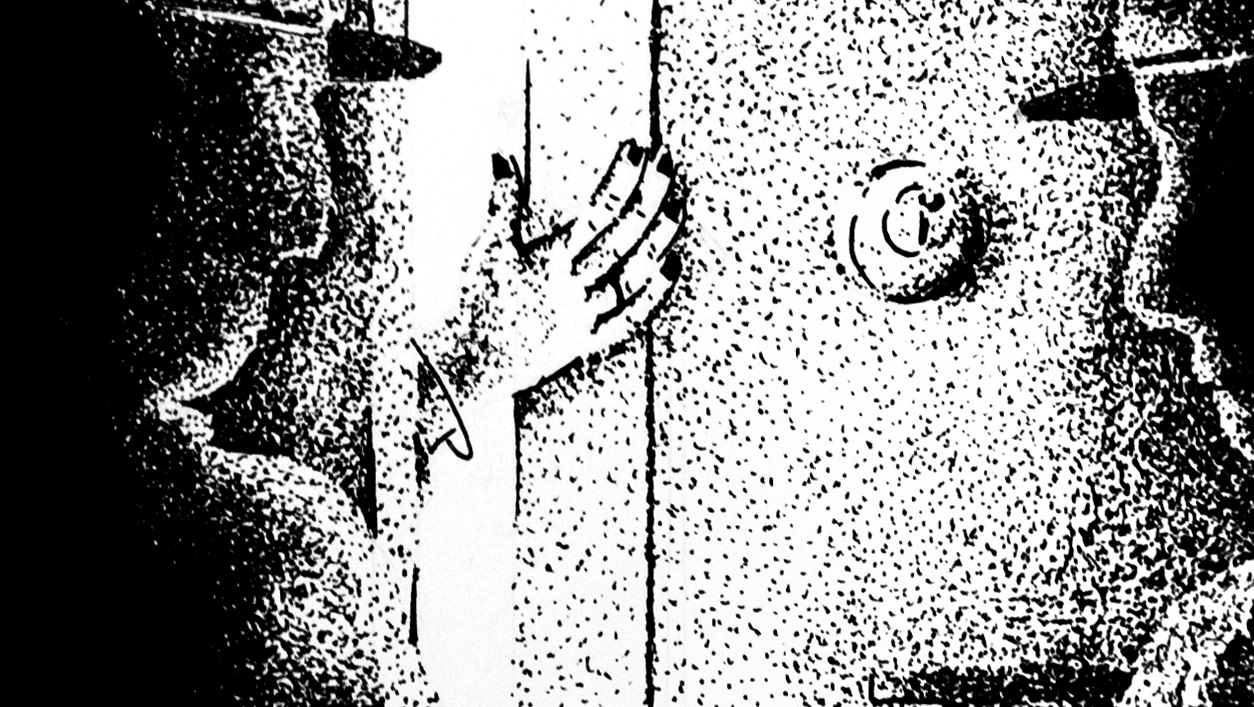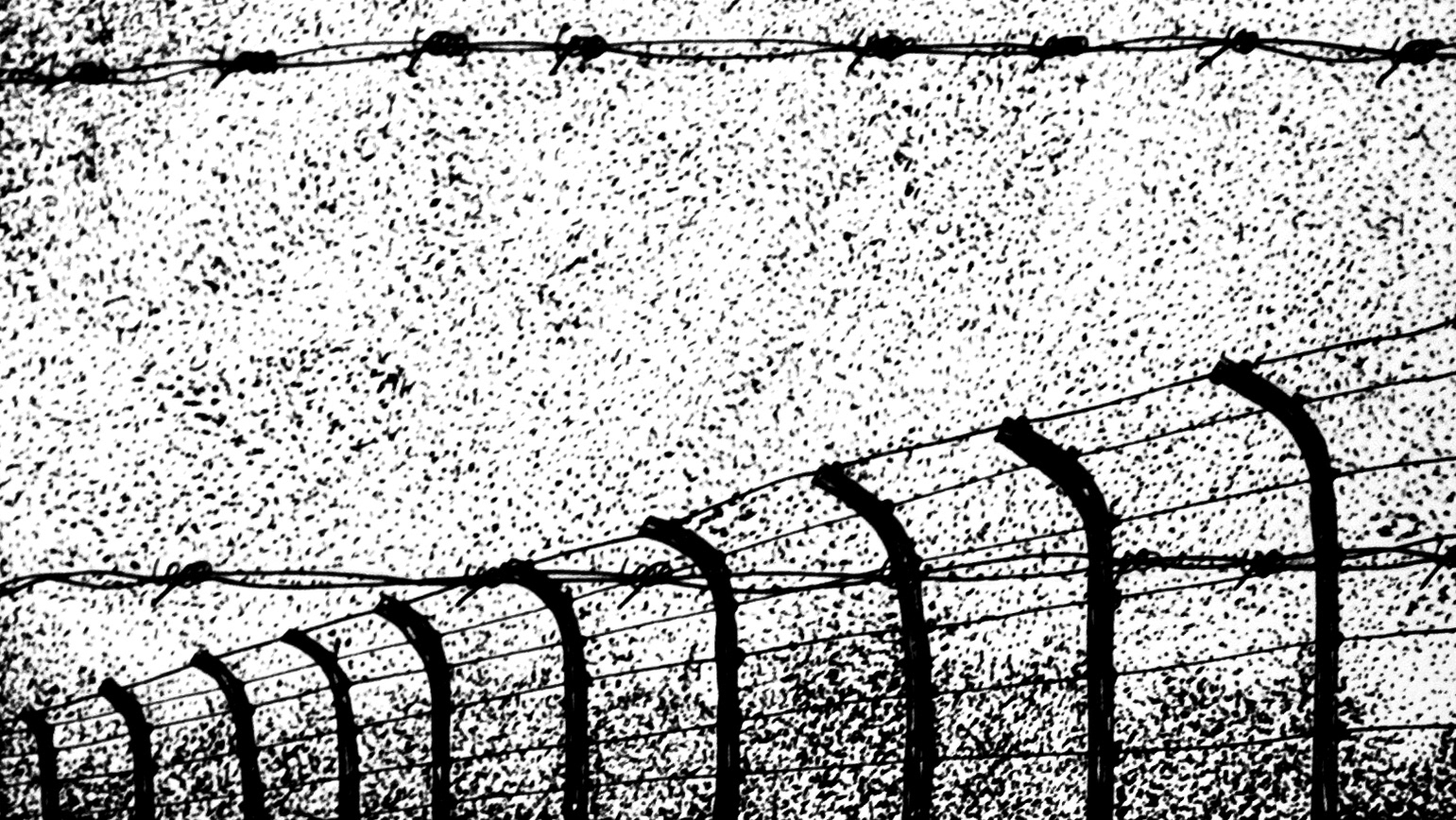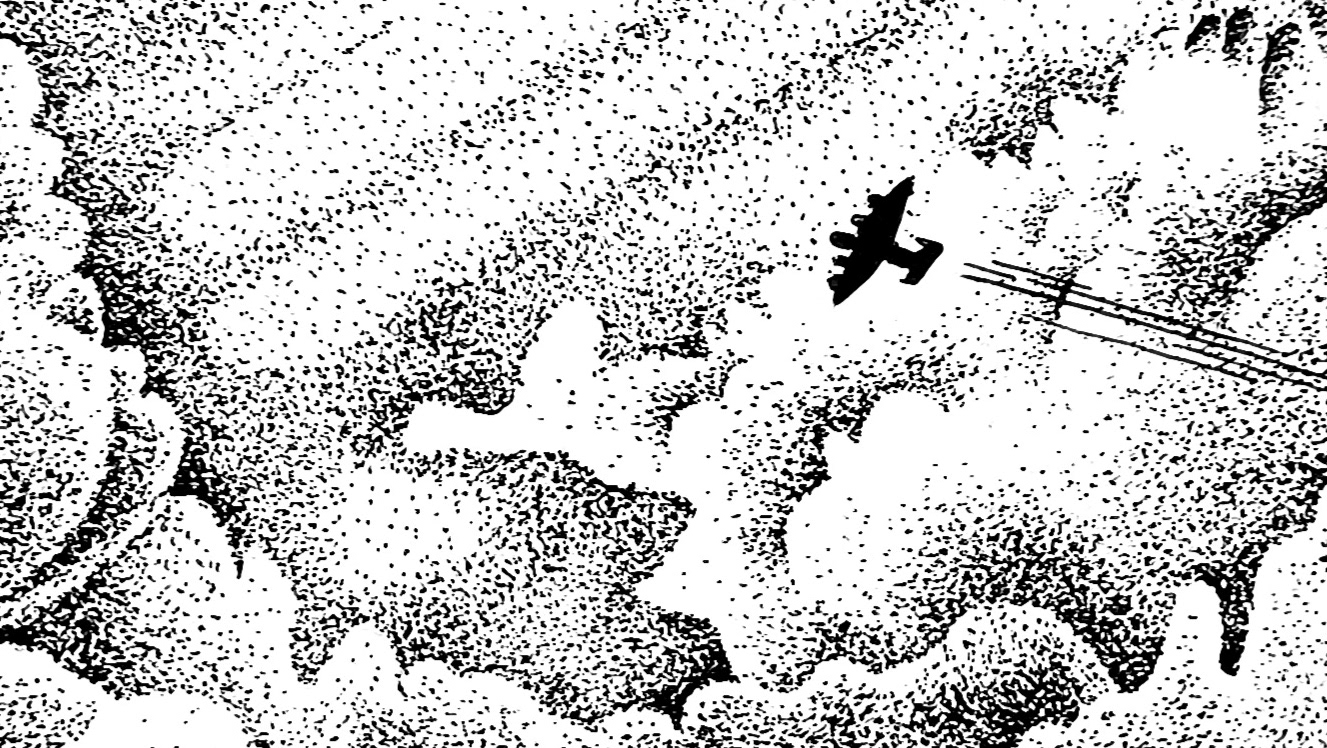Today is the 27th of December 1944, in Ravensbruck, and Simone opens her eyes. A cloud of fatigue clears up, she feels better.
Simone has been feeling sick or tired so many times, she spent most of her time at the Revier. But today she is out and wants to join her friends. Particularly, she wonders where Raymonde could be, Simone goes through the blocks and asks around.
Back in 1938, Raymonde met with Daniel Georges, fell in love, got married. Raymonde met the entire Georges family, a family rooted in communist history. She also met with Pierre Georges, a very special man.
France lost the war, Pierre Georges became Fredo who soon was responsible for creating one the first armed resistance group in France. Raymonde was one the few women still in touch with him.
Pierre Georges was behind one of the first armed act of french resistance, he shot a german officer in the parisian subway, at the Barbes station, on the 21st of August 1941. His act created a wave of hope, retaliation, fear, hostages. Pierre and Daniel's father were executed without trial, it was a declaration of war for the family, they disappeared in clandestinity. Another collateral was the arrest of Simone Sampaix’ father, Lucien, a well known communist figure. His trial was a new kind, a special court was created to judge communists, without any grounds needed, nor any appeal possible. The german authorities later shot him, sparking in return the engagement of Simone in the resistance.
During a camping trip, Raymonde met once more with Fredo, who changed name once more and became Colonel Fabien. He was still Pierre to her. They spent time together, then separated. They both had their own missions, ready to assume them, no matter the costs.
Raymonde was part of a motivated group of 3 girls and 4 men, whose target was to sabotage an aerodrome. On the 11th of August, the day of the sabotage, Raymonde made a mistake and dropped her bag by accident in a train. It would have been a moment of nothing if she didn't spill a gun on the floor. Some people in the train noticed, they denounced her, right on the spot.
Raymonde's friends were purchased, arrested. Some were shot on sight, some executed. Raymonde and another woman were deported to Auschwitz, there was not a single day where Raymonde didn't regret dropping her bag, it was such a simple mistake.
Raymonde and Simone met at the Romainville fort, Simone had been there for a while, Raymonde arrived a few months later. They told each other their stories, 2 different stories of resistance linked in tragedy. Simone didn’t blame anyone for the death of her father, Pierre Georges wasn’t responsible, neither was Raymonde. None of them pulled the trigger that killed her father, the german soldiers did.
After their arrival in Birkenau and the quarantine, Simone and Raymonde lost track of each other. Simone fainted a lot at the Revier, woke up again, went to a kommando in order to avoid a gas chamber selection, then back to the Revier. Simone also remembered seeing a beautiful man, a 45000, Robert Lambotte, she fancied him, he did as well, yet Simone went back to the Revier and lost her chance to see him again. She barely remembered the train to Ravensbruck, only that she was carried by a friend all along.
Back to the present, Simone finds Charlotte and her friends hiding inside a block. She asks if any of them has seen Raymonde, they can't seem to help her. So she waits a little bit with them, she is still quite weak from all that time at the Revier.
At the end of the day, when the kommandos come back. Simone meets with Marie-Claude Vaillant Couturier and mentions Raymonde.
Marie-Claude is confused, she strokes Simone's cheek and gently tells her that Raymonde is dead. She has been dead since quite some time, the first few months most probably. Simone might have met her in her last moments, maybe they never saw each other again since their arrival at birkenau. It was all such a blur in her mind.
Today is the 27th of December 1944, and the colonel Fabien, Raymonde's brother in law, is fighting alongside the french army to liberate the french country. They are in Alsace, close to the german border, they have almost freed the entire territory. The Vichy government has asked the french population to stop fighting against the german, without effect. Vichy has been declared illegal by the new government created by De Gaulle. He declared Vichy didn't exist, he denied its legality.
But the fight is still on. And today, someone put his feet on a mine, inside a building, in a room where the colonel stands. The german have left a mine there, it proved effective. The whole building explodes, colonel Fabien and 2 more die. A little part of resistance dies today.
Notes
Thank you for listening to this episode of 31000/45000, the story of 2 trains of french members of the resistance. My name is Matthieu Landour Engel.
This episode was about Simone Sampaix, Raymonde Georges and her step brother, Pierre Georges, aka the colonel Fabien.
The colonel Fabien is a renowned figure of the french communist resistance, alongside Lucie Aubrac, Jean Moulin, Guy Moquet, Josephine Baker, France Bloch, Martha Desrumaux, Madeleine Lavigne, Missak Manouchian, and obviously many many more.
He is the author of the Barbes attack, known as the first armed attack against a german soldier, Alfons Moser on the 21st of August 1942. This attack sparked a series of measures, executions, arrestations, sparking in return a surge in resistance attacks. The communist resistance didn’t make decisions in accordance with the french free forces, led by general De Gaulle, they followed the directions of the communist party, they followed the directions of Moscow, and the directions of Moscow was to terrorise the enemy behind the lines with sabotages and attacks, to force the german army to bring back military troops, to weaken the eastern front. Those decisions were not in line with De gaulle, who would have wished for more unity, the actions of the communist party were therefore mostly disapproved. The communist resistance fought the german army, they were among the first, and their actions led to a series of counter attacks, to the politics of hostages and even executions, like Simone Sampaix’s father. So that action was obviously very controversial.
The colonel Fabien fought for France, he helped liberate Paris, he helped liberate the country, he died near Mulhouse, near the border of France of Germany, when a mine exploded. Thanks to members of the resistance like him, France was freed from the nazi grasp and the shameful collaboration. The colonel Fabien meant a lot of different things to different people, there are some controversies about him, and I tried to paint a picture of him through a few episodes, because his life crossed the lives of the 45000 and the 31000. Like Guy Môquet or the general De Gaulle, a subway station in Paris bears his name.
Simone Sampaix survived, she was 18 when she was deported, and she survived. She met again with Robert Lambotte, whom I made an episode about, and they married for a few years. They divorced, she met someone else, they spent a lot of time together. Simone spent most of her time in Auschwitz and Ravensbruck at the infirmary, the revier, but was never selected, it made her very sick for the rest of her life.
There is no real historic base to the way I articulated this story. It is highly possible that Simone. Sampaix and Raymonde Georges knew each other, but there is no proof that they met at the revier either. I don't know if they were close, it's possible but I have no proof they were. And I have no way of knowing whether Simone held Pierre Georges responsible for the arrest of her father or not,I can only suppose she didn’t. All those elements are narrative inventions.
Pretty much at this point of history, France is almost entirely liberated. But the 45000 or the 31000 don’t know that, they are in Germany and the war is not over for them.
I have been trying to find Simone Sampaix’s or Raymonde Georges’s relatives, unfortunately, my research was unsuccessful. If by any chance, you know of someone related to them please let me know, I would be very pleased to get in touch and make sure the text I wrote doesn’t contain any errors.
My sources for this story mostly come from the book le convoi du 24 Janvier by Charlotte Delbo, the website deportes-politiques-auschwitz.fr, memoire vive, the foundation for the memory of deportation website , the Maitron website, and the fantastic website auschwitz.org
Thank you very much for your attention, next episode will be about Aime Oboeuf and his relationship with Genia Goldgicht.
